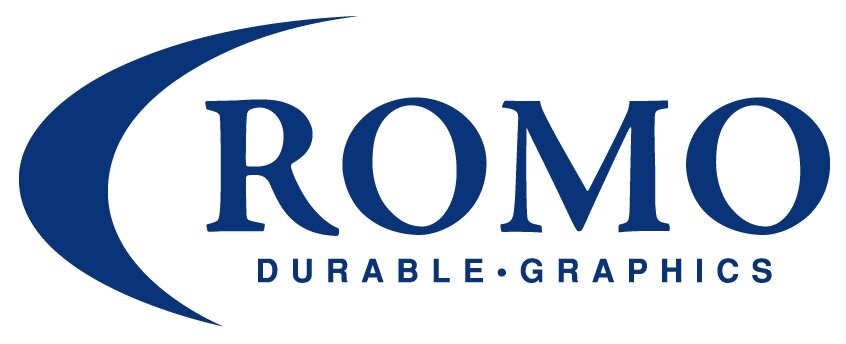There are two ways to categorize printing: Promotional and Industrial.
The primary purpose of promotional printing is to carry a message. It comes in varying formats like; postcards in the mail, t-shirts with your favorite football team logo, and every package at the grocery store. That’s a lot of stuff!
On the other hand, industrial printing is part of a manufacturing process. Industrial printing enables the function of the end product and/or enhances its appearance or decoration. Functional graphic is good way to define it. Industrial graphics include warning decals, product branding, and permanent decals that decorate.
Industrial printing is specialized and NOT typically done by the local sign shop or speedy printer. It’s a manufacturing process incorporating plastic/vinyl substrates and durable inks also used in the automotive industry.
Screen printing remains the dominant print technology for industrial applications. The reasons being:
The types of material being printed on (plastic and vinyl)
The many stringent test requirements that must be met by the customers
The harsh environmental conditions encountered like heat, sun, salt, chemicals, etc.
But the world is going digital, right!? Why isn’t Industrial Printing completely digital?
Industrial printing uses a good mix of digital and screen-printing technology.
Screen printed inks are more versatile. They can match Pantone colors consistently. Metallics and opaque whites can only be achieved via screen printing methods. They can also be used on multiple substrates unlike digital.
Environmental testing reveals the affects of sun and harsh weather on digital- v. screen-printed decals.
Digital printing inks have a much lower viscosity than screen inks. Because of this, digital inks do not passed stringent testing requirements without proper protection. Protection being the key and that is what we continue to develop.
Digital printing continues to emerge and can fits well for a lot of applications. If digital is the future, we continue exploring new technologies in order to produce parts that meet stringent customer needs and can be produced more efficiently and on-demand.
Wondering if you’re using the correct type of printer for your decals? Check out Romo Durable Graphics FAQs or send us an email. We’ll be happy to point you in the right direction (even if it’s not our direction).



